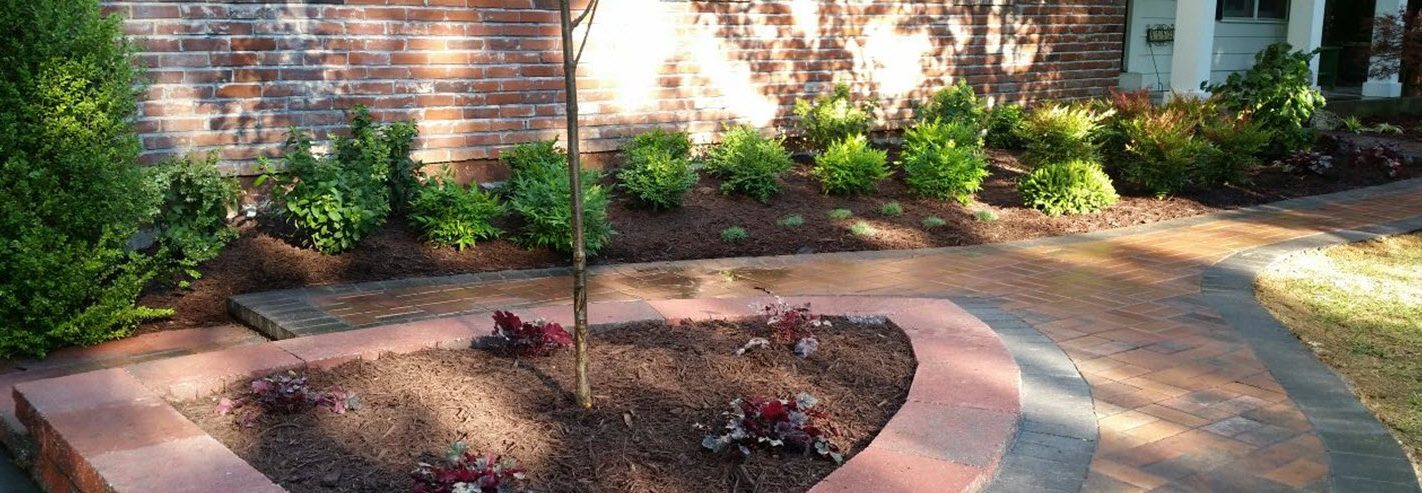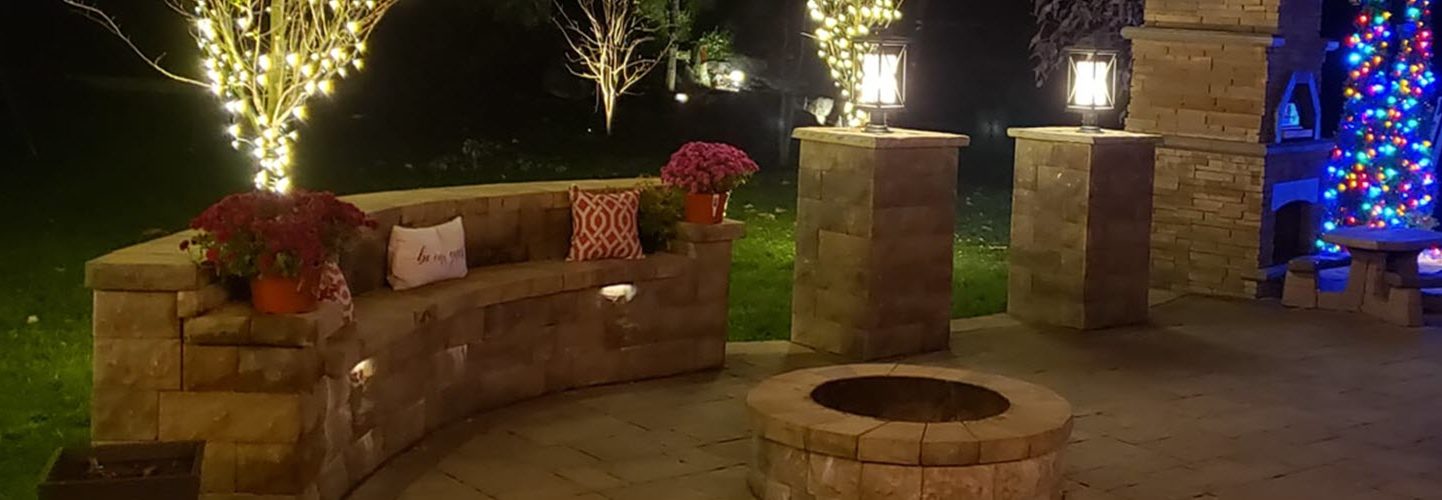Which Types of Grass are Right For Your Area
Where’s the best place to live in the United States? Answer: Where you’re the happiest and most comfortable. The same can be said of a lot of things, including the grass that makes up your lawn.
Choosing the right grass is all about knowing which of the four climate zones (cool/humid, cool/arid, warm/humid, warm/arid) or the fifth transitional zone you live in, as well as whether its best to go with a warm season or cool season grass. There are many types of grasses and each type thrives best in certain climates. Here’s a few examples of grasses and where they grow best.
Texas is a huge state, which also means it encompasses multiple climate zones. Much of the state, however, can be described as warm/humid or warm/arid, and therefore requiring a drought tolerant grass. Slow-growing, drought-tolerant Zoysia grasses are often a popular choice in this region. They also produce a dense grass that keeps out weeds. Bermuda grasses, which prefer full sunlight, and St. Augustine are also drought tolerant varieties which thrive in Texas.
A different area such as Southern California is beautiful any time of year, but the hot sun and low average rainfall can be tough on lawns. Despite the heat, the most popular turfgrass in this area is the cool season tall fescue, chosen largely because it provides thick coverage and can handle the cold while still standing up to intense heat. As in Texas, drought tolerant St. Augustine and Zoysia grasses are also top choices. If you live near the coastline, these two are also salt air tolerant. Call for a free bid.
New York may be a hot spot for business and entertainment, but, climate-wise, it’s in a cool/humid zone preferring cool-season grasses like Kentucky bluegrass. A premier lawn grass, due to its winter hardiness, it is often the lawn grass of choice for businesses and residences throughout the entire northern United States. Kentucky bluegrass prefers full sun but can handle some shade. It’s shallow roots make it susceptible to excessive heat and drought, but it also recovers well.
Turfgrass from a bluegrass mix that including fine fescues is often a top choice for cool/arid areas liek Montana. Fescues are best known for their tolerance to shade. Fescue mixes, notably with colonial bentgrass or perennial ryegrass, also do well in the Pacific Northwest, and while fescues can be prone to developing excessive thatch, they also tend to be more disease tolerant. Details about types of grass seed.
The entirety of the Kentucky area falls in a large swath of the country known as the transition zone, which might broadly be described as the northern south and the southern north. If you live in this mixed-climate zone, it can be difficult to determine if you’re better off with a warm season or a cool season grass. Traditionally, many residents have chosen to go with a cool season grass and give their lawn a little extra nurturing in hot weather, but the ever-changing climate may make you rethink that. Your county extension office might provide some helpful information. Or check with your neighbors–preferably the ones with nice looking lawns!
So there you have it. You won’t have much luck growing banana trees outside if you live in northern Maine, and the same common sense applies to the grass you scatter. While it may sound like the same old song and dance, understanding your surroundings and the climate in which you live and choosing the right seed accordingly will make a huge difference in the look and feel of your lawn.
Contact us for a free quote for all your St Charles lawn care needs.













